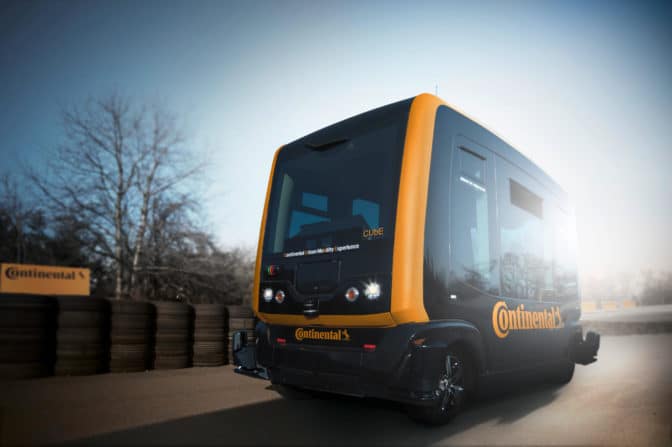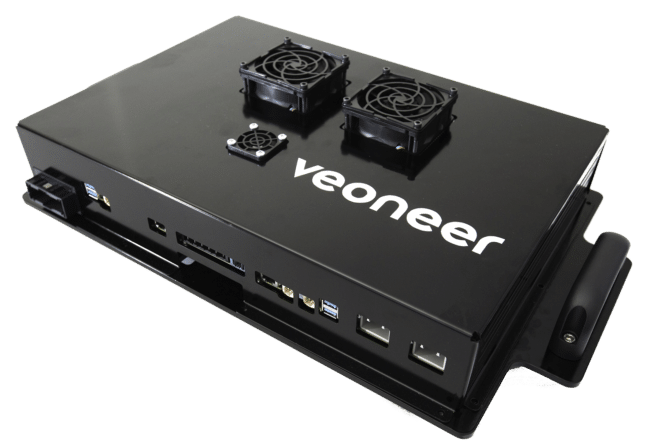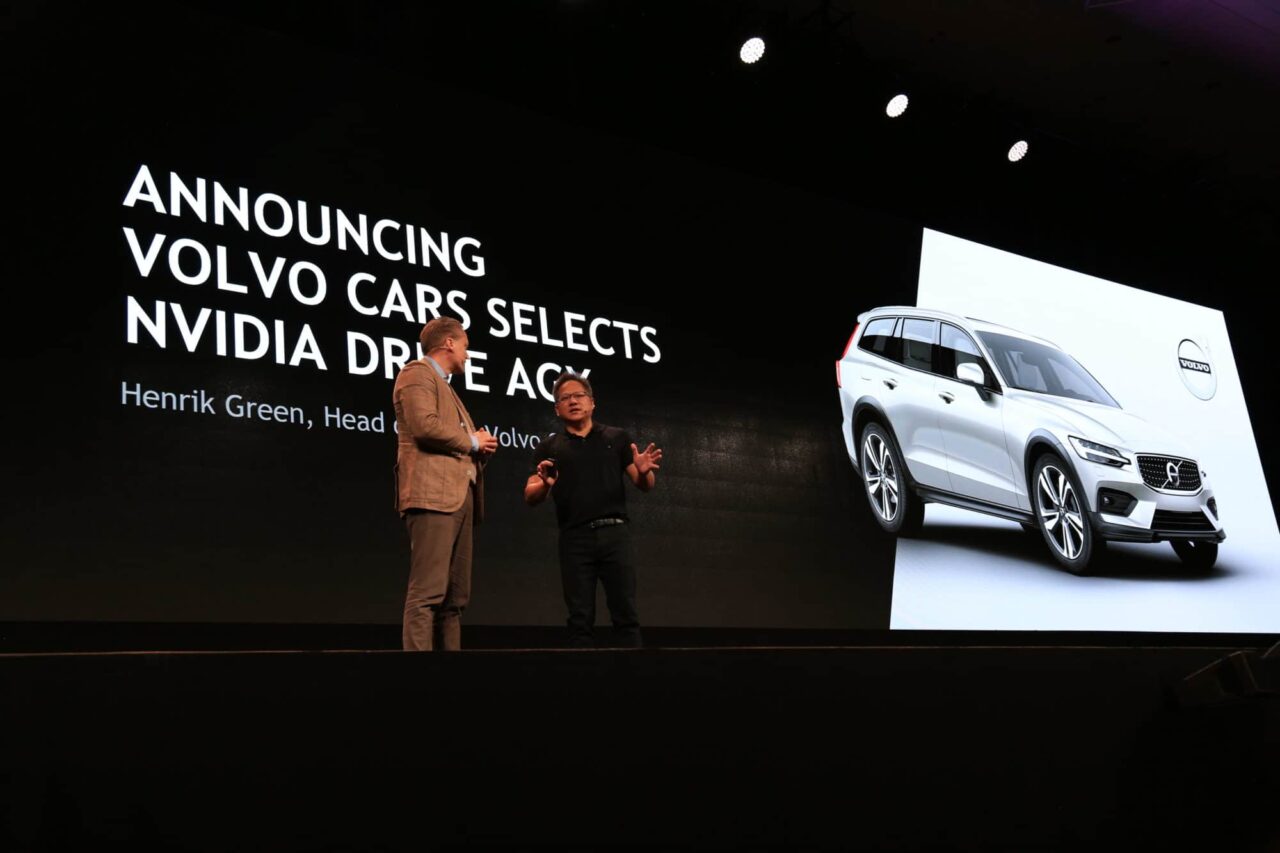Autonomous driving is no longer a distant goal post, a vision of the future set decades ahead. At GTC Europe, three leading companies — Volvo Cars, Continental and Veoneer — disclosed their near-term production plans for the next generation of cars.
Whether developing fully autonomous, highly automated or driver assistance systems, automakers and suppliers are realizing there is a need for far greater compute inside the car. And that’s why they are building their future vehicles on NVIDIA DRIVE AGX, an architecture designed for safety and a platform able to handle increasingly sophisticated AI software.
Volvo Cars, a premium brand synonymous with safety and innovation, announced that it’s developing its next-generation core computer using NVIDIA DRIVE AGX Xavier.
The future production vehicles from Volvo will feature Level 2+ assisted driving features, going beyond today’s traditional advanced driver assistance systems. NVIDIA and Volvo are working together to develop these capabilities, uniquely integrating 360-degree surround perception and a driver-monitoring system. The foundational technology built on DRIVE AGX Xavier is able to ultimately scale up to Level 4 highly automated driving capabilities.
“A successful launch of autonomous drive will require an enormous amount of computing power as well as constant advances in artificial intelligence,” said Håkan Samuelsson, president and chief executive of Volvo Cars.
Continental also announced that its Assisted and Automated Driving Control Unit (ADCU) is powered by DRIVE AGX Xavier. Together with NVIDIA, the supplier is developing a single platform architecture that scales from Level 2+ premium driver assistance to Level 3 and Level 4 Traffic Jam Chauffeurs and Highway Pilots, up to a fully autonomous Level 5 robotaxi. This codesigned hardware and software platform is also being leveraged for a range of commercial vehicles.

On display at GTC is the CUbE (Continental Urban Mobility Experience). This mobility-as-a-service vehicle development platform will be powered by NVIDIA DRIVE AGX Pegasus, an AI supercomputer designed for driverless vehicles.
Veoneer, an autonomous driving supplier spun out from tier 1 supplier Autoliv, has also selected NVIDIA DRIVE AGX Xavier to architect its Level 4 highly automated self-driving supercomputer, known as “Zeus.”
This sophisticated AI supercomputer runs the NVIDIA DRIVE OS operating system and AV startup Zenuity’s autonomous driving software stack and will be production-ready in 2021. Zeus will fuse data from cameras, radars and other sensors, interpret the situation and take required action.

“We developed Zeus to provide safe mobility solutions, and it is an important step towards industrializing autonomous driving in 2021. Working closely with expert partners NVIDIA and Zenuity is key to innovate trusted solutions for future mobility,” said Jan Carlson, chairman, president and CEO of Veoneer.
Safety in Compute Numbers
The DRIVE AGX platform enables the diverse and redundant operations necessary for safe autonomous driving. NVIDIA DRIVE AGX Xavier achieves an unprecedented 30 trillion operations per second (TOPS) of performance, while DRIVE AGX Pegasus, designed for Level 5 robotaxis, delivers 320 TOPS.
Staying Flexible
High-performance compute isn’t the only hallmark of DRIVE AGX. As it’s an open platform, automakers, suppliers and other autonomous driving companies are developing their own software to run on it.
DRIVE AGX can also be updated over the air, meaning autonomous functions can constantly improve with time, without having to change the hardware in the vehicle. True solutions don’t just solve the problems of today, they also anticipate the needs of the tomorrow.
